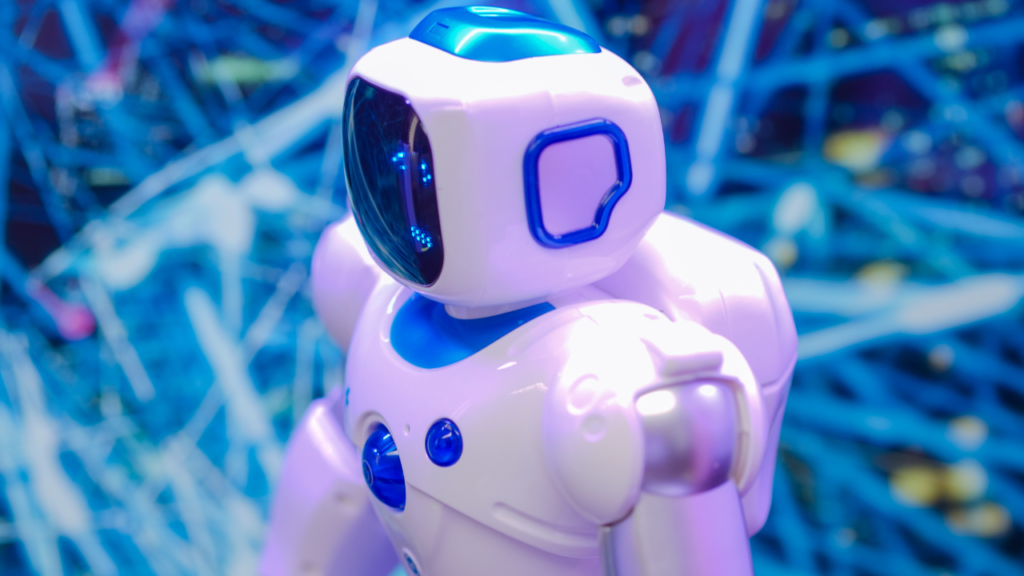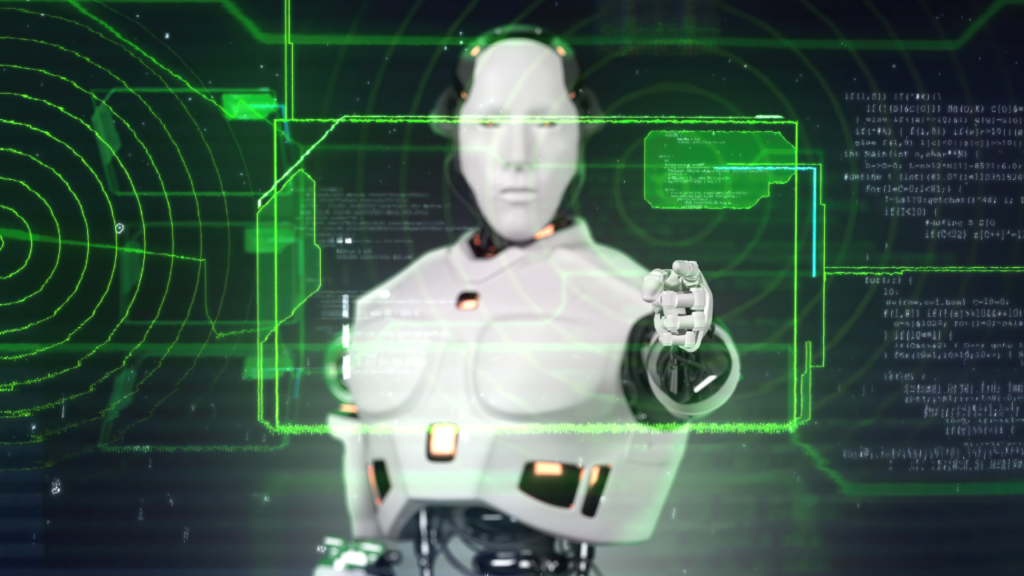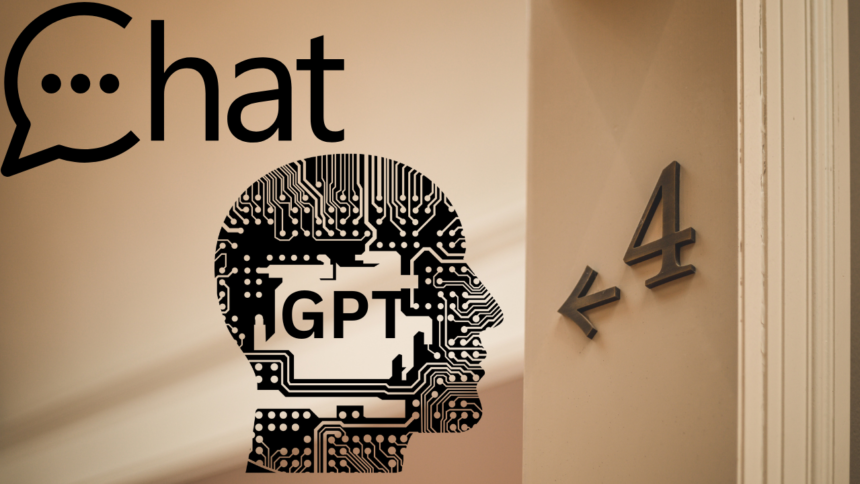Introduction
Artificial Intelligence (AI) has seen exponential growth in recent years, with natural language processing (NLP) being one of its most dynamic fields. Among the most groundbreaking advancements in NLP is the development of language models like OpenAI’s GPT series. The latest iteration, ChatGPT-4, has revolutionized the way machines interact with humans, setting new benchmarks in the AI world.
In this article, we’ll delve into the evolution of GPT models, the technological advancements that make ChatGPT-4 stand out, its applications across various domains, and the future potential of this AI marvel.
The Evolution of GPT Models
From GPT-1 to GPT-4: A Journey of Innovation
The journey of OpenAI’s GPT models began with GPT-1, which introduced the concept of using unsupervised learning to train language models. GPT-1 was revolutionary at its time, but it laid the foundation for more advanced models.
GPT-2 brought a significant leap in capabilities with a much larger dataset and parameters. It gained attention for its ability to generate coherent and contextually relevant text, raising both excitement and ethical concerns.
Then came GPT-3, which further pushed the boundaries with its 175 billion parameters. GPT-3 became a game-changer in the AI world, with its applications ranging from content creation to customer service automation. However, it wasn’t perfect. Issues such as bias, misinformation, and the occasional lack of coherence in long-form content highlighted the need for further refinement.
This brings us to ChatGPT-4, the latest and most advanced model in the GPT series. ChatGPT-4 addresses many of the limitations of its predecessors while introducing new features that enhance its usability and reliability.

What Makes ChatGPT-4 Unique?
Enhanced Understanding and Generation of Context
One of the most notable improvements in ChatGPT-4 is its ability to understand and generate context more effectively. While GPT-3 was already impressive in generating text, it sometimes struggled with maintaining coherence over long conversations or text inputs.
ChatGPT-4 solves this by incorporating enhanced context-awareness mechanisms, allowing it to keep track of conversations more accurately. This makes it especially useful for applications requiring extended interactions, such as virtual assistants and customer service bots.
Multimodal Capabilities
Unlike its predecessors, ChatGPT-4 is designed to handle not just text but also images and possibly other forms of media. This multimodal capability allows it to interpret and generate content that is richer and more diverse. For example, it can analyze an image and provide a detailed description or even generate related text based on the visual content.
This feature is a significant advancement, opening up new possibilities in areas like content creation, education, and accessibility. Imagine a virtual tutor that can not only explain concepts in text but also visually demonstrate them, making learning more interactive and engaging.
Improved Ethical and Bias Mitigation
Ethical concerns have always been a critical issue in AI development. GPT-3 faced criticism for sometimes generating biased or harmful content. OpenAI has taken these concerns seriously and implemented more robust bias mitigation techniques in ChatGPT-4.
ChatGPT-4 incorporates a more refined filtering mechanism to reduce the likelihood of generating biased or inappropriate content. Additionally, it has improved capabilities for recognizing and addressing potentially harmful queries, making it a safer option for widespread use.
Higher Customization and Fine-Tuning
Another significant advancement in ChatGPT-4 is its ability to be more finely tuned for specific applications. Users can customize the model’s behavior and outputs to better suit their needs. Whether it’s adjusting the tone of responses or focusing on a particular subject matter, ChatGPT-4 provides greater flexibility.
This customization makes it a versatile tool across various industries, from healthcare to entertainment. For instance, a medical chatbot using ChatGPT-4 can be fine-tuned to provide precise and empathetic responses, improving patient engagement and satisfaction.

Applications of ChatGPT-4 Across Different Sectors
Revolutionizing Customer Service
One of the primary applications of it is in customer service. With its advanced conversational abilities, businesses can deploy ChatGPT-4-powered bots to handle customer inquiries efficiently. The model’s enhanced context awareness ensures that it can manage complex queries, making interactions smoother and more productive.
For example, in the e-commerce sector, a ChatGPT-4 bot can assist customers with product inquiries, returns, and even personalized recommendations, significantly reducing the need for human intervention.
Enhancing Content Creation
Content creators have also benefited immensely from ChatGPT-4. The model’s ability to generate high-quality, contextually relevant content has made it a valuable tool for bloggers, marketers, and writers. Whether it’s creating blog posts, product descriptions, or social media content, ChatGPT-4 can assist in generating ideas and even drafting complete pieces.
Moreover, its multimodal capabilities allow it to generate not just text but also complementary visual content, making it a comprehensive solution for content creation.
Advancing Education and E-Learning
The education sector is another area where it is making waves. Its ability to generate detailed explanations and answer complex questions makes it an ideal virtual tutor. Students can interact with ChatGPT-4 to clarify doubts, practice problems, and even learn new concepts.
Additionally, its multimodal capabilities can be leveraged to create interactive learning experiences. For instance, ChatGPT-4 can generate both text explanations and visual aids, making learning more effective and engaging.

Transforming Healthcare
In healthcare, it is being used to improve patient care and streamline administrative tasks. Medical chatbots powered by ChatGPT-4 can assist patients by providing accurate information about symptoms, medications, and treatment options. This not only improves patient engagement but also frees up healthcare professionals to focus on more critical tasks.
Moreover, it can assist in medical research by generating summaries of medical papers or providing insights based on large datasets, thus speeding up the research process.
Personal Assistants and Productivity Tools
Personal productivity tools are another area where ChatGPT-4 shines. With its advanced understanding of context, it can serve as an intelligent personal assistant, helping users manage their schedules, draft emails, and even brainstorm ideas. Its ability to handle both text and visual content makes it a versatile tool for professionals across various fields.
The Future of ChatGPT-4 and Beyond
Continuous Learning and Adaptation
One of the most exciting prospects for this is its potential for continuous learning. Unlike earlier models that were static once deployed, future iterations of ChatGPT-4 could incorporate mechanisms for ongoing learning. This would allow the model to adapt to new information and trends, making it even more relevant and effective over time.

Integration with Emerging Technologies
The integration of it with other emerging technologies, such as the Internet of Things (IoT) and augmented reality (AR), could further enhance its capabilities. For example, in a smart home environment, ChatGPT-4 could serve as the central AI, managing everything from security to entertainment. In AR, it could provide real-time contextual information, creating immersive experiences.
Ethical and Regulatory Considerations
As ChatGPT-4 continues to evolve, ethical and regulatory considerations will play a crucial role in its development. Ensuring that the model is used responsibly, without infringing on privacy or promoting harmful content, will be essential. OpenAI and other stakeholders will need to collaborate with regulators to establish guidelines that balance innovation with safety.
The Path Towards AGI
While ChatGPT-4 is a remarkable achievement, it also brings us closer to the concept of Artificial General Intelligence (AGI), where machines can perform any intellectual task that a human can. While AGI is still a distant goal, the advancements in models like ChatGPT-4 provide a glimpse into the possibilities.
Conclusion
ChatGPT-4 represents a significant leap in the evolution of AI language models. With its enhanced context awareness, multimodal capabilities, and improved ethical safeguards, it is poised to transform various industries. From customer service to healthcare, education to content creation, the applications of ChatGPT-4 are vast and varied.
As we look to the future, the potential for ChatGPT-4 and its successors is immense. By continuing to refine these models and addressing ethical concerns, we can unlock even greater possibilities in the world of AI. The journey of ChatGPT-4 is far from over, and the next chapters in this story promise to be even more exciting.
